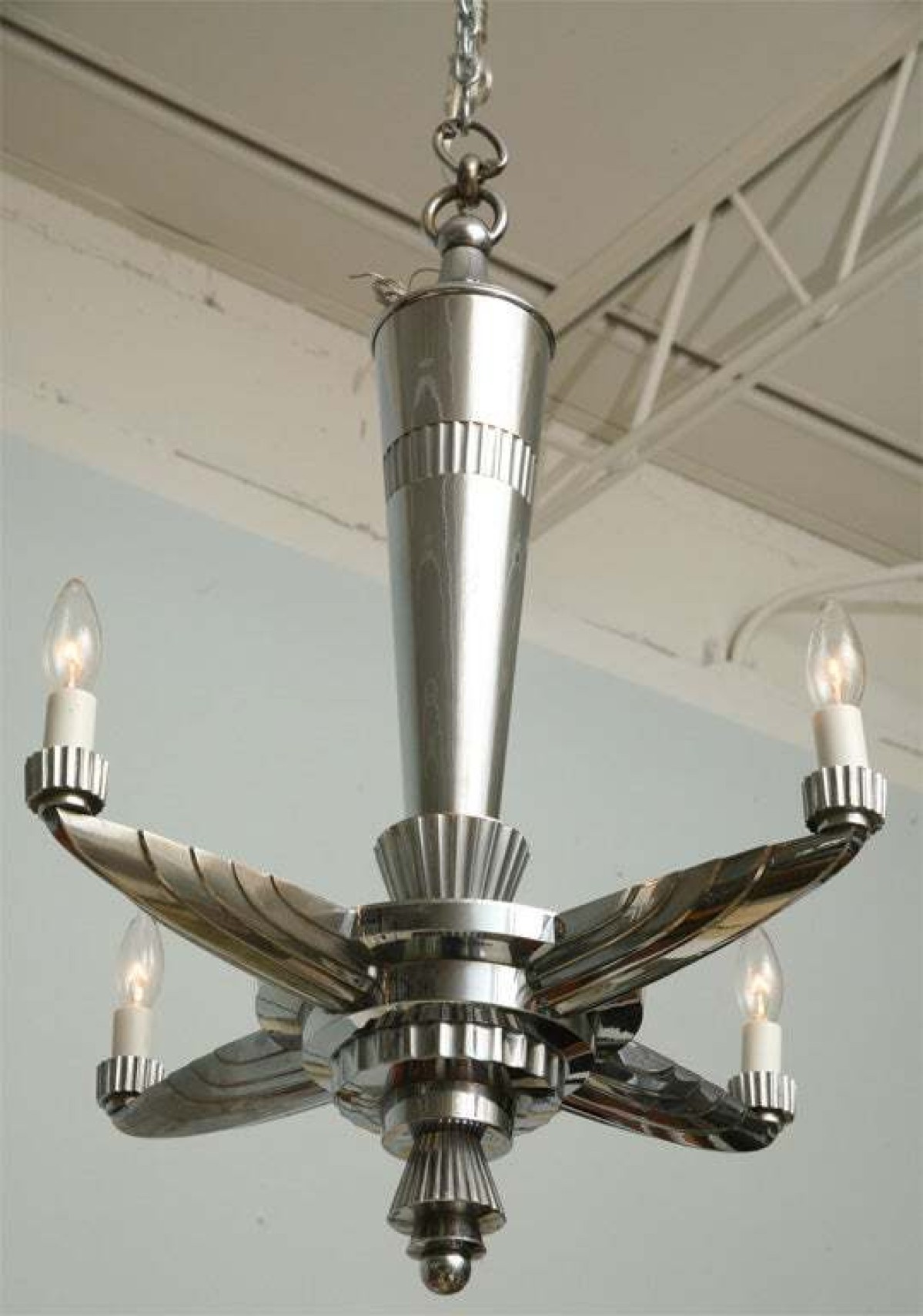X
{{ modalTitle }}
PLEASE FILL IN THE REQUIRED FIELDS.X
X
{{ modalTitle }}
Choose one of the options below.X
ITEM SUCCESSFULLY
ADDED TO PROJECT
Barovier Italian Art Deco Gold Infused Glass 12-Arm Chandelier
 Art Deco
Art Deco Continental
Continental Lighting
Lighting Chandelier
Chandelier
Newel Warehouse
32-00 Skillman Ave
Long Island City NY - 11101
 (212) 758-1970
(212) 758-1970
Barovier Italian Art Deco Gold Infused Glass 12-Arm Chandelier

Newel Warehouse
32-00 Skillman Ave
Long Island City NY - 11101
 (212) 758-1970
(212) 758-1970
 Lighting
Lighting Chandelier
Chandelier
About Barovier & Toso
Barovier & Toso is a prestigious Italian glass manufacturing company that has been a prominent figure in the world of decorative arts for over seven centuries. Founded in 1295 in Murano, a small island near Venice, the company has a rich history and has played a significant role in the development and evolution of glassmaking techniques.
The origins of Barovier & Toso can be traced read more..
Art Deco
The Art Deco movement, a prominent force within the industrial design of the 1920's & 1930's was born shortly after the turn of the 20th century, when the decorative artist community in France, represented by the Societe Des Artistes, gained the same rights of authorship enjoyed by painters and sculptors. The style of Art Deco in architecture, furniture, fashion and art is known for vivid colors (inspired by early 20th century ballet set design) and geometric forms (inspired by Cubism). Art Deco was the style of luxury during its time, as it featured expensive materials and expert craftsmanship. and represented modernization. Eventually, Art Deco split into two rival schools of design, one following its tradition of luxury, and the other, eventually referred to as Streamline Moderne, embraced industrialization and mass production. A revival of interest in early and mid-20th century design has given new life, purpose and relevance of Art Deco design in the modern home.
Art Deco
The Art Deco movement, a prominent force within the industrial design of the 1920's & 1930's was born shortly after the turn of the 20th century, when the decorative artist community in France, represented by the Societe Des Artistes, gained the same rights of authorship enjoyed by painters and sculptors. The style of Art Deco in architecture, furniture, fashion and art is known for vivid colors (inspired by early 20th century ballet set design) and geometric forms (inspired by Cubism). Art Deco was the style of luxury during its time, as it featured expensive materials and expert craftsmanship. and represented modernization. Eventually, Art Deco split into two rival schools of design, one following its tradition of luxury, and the other, eventually referred to as Streamline Moderne, embraced industrialization and mass production. A revival of interest in early and mid-20th century design has given new life, purpose and relevance of Art Deco design in the modern home.
Art Deco
The Art Deco movement, a prominent force within the industrial design of the 1920's & 1930's was born shortly after the turn of the 20th century, when the decorative artist community in France, represented by the Societe Des Artistes, gained the same rights of authorship enjoyed by painters and sculptors. The style of Art Deco in architecture, furniture, fashion and art is known for vivid colors (inspired by early 20th century ballet set design) and geometric forms (inspired by Cubism). Art Deco was the style of luxury during its time, as it featured expensive materials and expert craftsmanship. and represented modernization. Eventually, Art Deco split into two rival schools of design, one following its tradition of luxury, and the other, eventually referred to as Streamline Moderne, embraced industrialization and mass production. A revival of interest in early and mid-20th century design has given new life, purpose and relevance of Art Deco design in the modern home.













